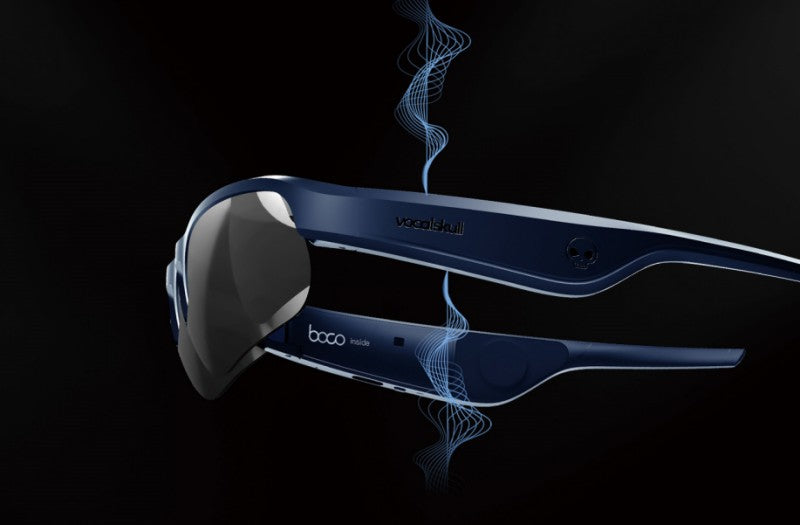What you know about bone conduction:
Many people have never heard of bone conduction technology and they often think of it as a sudden emergence of cutting-edge technology. When they experience this technology, they are amazed by the novel experience it brings. It allows you to enjoy the same audio experience without going through the ear canal, which seems like a scene only seen in science fiction movies. However, the fact is that bone conduction technology has been around much longer than we imagine.
Early history:
In another article titled "The Origins of Bone Conduction Hearing" , the working principle of bone conduction has been carefully explained. Interested friends can click on the link to read it. The concept of bone conduction can be traced back to around 350 BC, when Aristotle proposed the idea of "internal air," suggesting that the ears are separated from the outside air by the eardrum and that sound waves can be directly transmitted to the brain. In the 18th century, Ludwig van Beethoven, the world-renowned pianist, used the principle of bone conduction by connecting piano keys to his teeth with a wooden rod to sense the sound of the piano after becoming deaf. He continued to compose, and his famous work, "Symphony No. 5," was created under such circumstances.
The evolving bone conduction:
With such successful cases, we fast forward to the 20th century when William submitted the first 20th-century invention patent in the field of bone conduction, a glasses frame telephone device that assists partially deaf people in hearing sound.
Following suit, Hugo Lieber developed a body-worn hearing device called the "Lieber Oscillator," which also helped people in sound reception.
As time passed, products closer to the modern design concept of bone conduction emerged. An engineer named Edgar Hand applied for a patent for his telephone receiver, which wrapped the device around the back of the user's head. When used, the sound would reverberate through the skull to the inner ear, allowing the user to hear the vibrations of the caller.
This technology continued to develop and caught the attention of the military, leading to military engineers creating professional noise-canceling helmets for fighter pilots. As bone conduction technology continued to advance, it gradually found its way into everyday life.

Widespread application in daily life:
Since the 21st century, bone conduction has remained professional and has greatly improved its universality. It is not only a blessing for hearing-impaired individuals but also increasingly recognized by people with needs in their daily lives and work.
1.For example, when taking a walk or exercising, the open-ear listening mode of bone conduction can help reduce the risk of traffic accidents. By choosing an immersive listening mode, it provides privacy while also isolating sounds like car horns or pedestrian alerts.
2.In the case of habitual and prolonged listening, the experience of bone conduction is incomparable to the discomfort of wearing headphones for a long time. Therefore, more and more office workers choose bone conduction as their preferred listening method. It allows them to immerse themselves in their own world, increase work efficiency, and not miss any important information.
3.For those who seek novelty, they can also find enjoyment in bone conduction, allowing their eardrums, which have been immersed in work for a long time, to take occasional breaks and enjoy two unique listening experiences, just like performers in a movie, as if possessing a special ability that brings new experiences.
Designed for these lifestyles, VocalSkull bone conduction glasses offer:

· Next-generation BOCO bone conduction technology: Delivering high-quality audio without the need for eardrums, freeing your ears while protecting them from harm.
· QCC high-definition decoding: High-resolution data transmission for CD-like sound quality.
· CVC algorithm: Eliminating various environmental noises for clearer communication.
· IPX4 professional waterproof and dustproof rating: Fear no sweat or rain, ready for all scenarios.
· Dual device connection: Simultaneously connect two devices, compatible with Android/iOS/Windows, and more.
· Voice assistant: Support voice wake-up functionality.
Buy VocalSkull bone conduction glasses now →
If you have any new ideas about the history of bone conduction, you can let us know through social media comments or leave a comment below.

